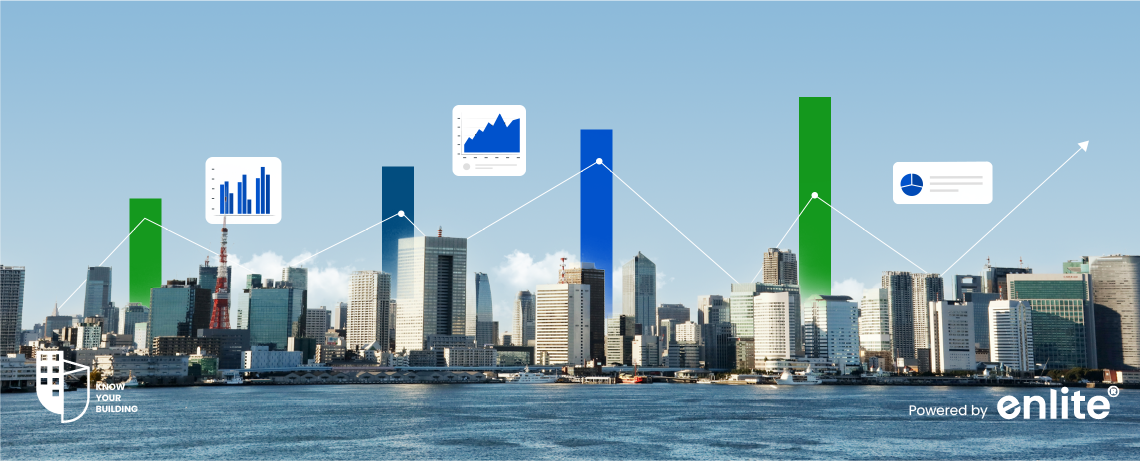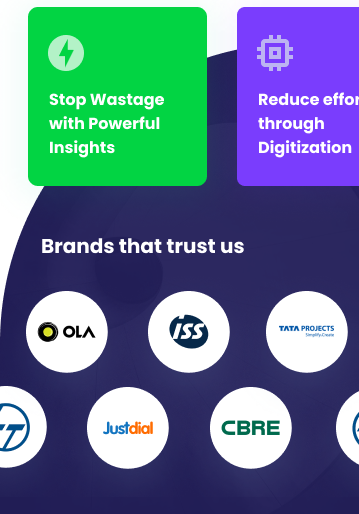Buildings are no longer just static structures; they have evolved into dynamic ecosystems that generate vast amounts of data. From HVAC systems and lighting controls to occupancy sensors and security cameras, every component contributes to a continuous stream of information. The key to unlocking significant improvements in building performance lies in harnessing this data through analytics. This blog explores how data analytics can transform your building from a cost center to a strategically managed, high-performing asset.
The Power of Data: Moving Beyond Basic Monitoring
Traditional Building Management Systems (BMS) primarily focus on monitoring and control, ensuring systems function within set parameters. While crucial, this is only the first step. Data analytics takes building management further by:
- Identifying Hidden Inefficiencies: Analytics can reveal subtle patterns and anomalies that would be impossible to spot manually, such as equipment operating outside optimal ranges, energy waste due to faulty scheduling, or areas consistently over-lit or over-conditioned.
- Predictive Maintenance: Analyzing historical data allows for predictive maintenance, anticipating equipment failures before they occur, minimizing downtime, and extending asset lifespan.
- Optimizing Energy Consumption: By analyzing energy usage patterns, data analytics helps identify peak demand periods, optimize HVAC schedules, and implement strategies to reduce consumption and costs.
- Improving Occupant Comfort and Productivity: Analyzing occupancy data, temperature, humidity, and air quality can help optimize indoor environments for better occupant comfort and productivity, leading to increased tenant satisfaction and reduced complaints.
- Supporting Data-Driven Decision-Making: Analytics provides concrete evidence to support decisions related to building upgrades, retrofits, and operational changes, replacing guesswork with quantifiable insights.
- Benchmarking and Reporting: Comparing your building’s performance against historical data or similar buildings allows you to set targets and track improvements over time.
Key Data Sources for Building Performance Analytics
To effectively leverage data analytics, it’s essential to identify relevant data sources within your building. These commonly include:
- BMS Data: Provides information on HVAC operation, lighting levels, and energy consumption.
- IoT Sensors: Additional IoT sensors (temperature, humidity, occupancy, air quality, water usage) enrich the dataset.
- Utility Bills: Analyzing electricity, gas, and water bills gives a high-level view of consumption and costs.
- Weather Data: Integrating external weather data helps correlate building performance with external conditions.
- Occupancy Data: Access control systems, Wi-Fi networks, and occupancy sensors reveal space utilization patterns.
- Maintenance Records: Tracking maintenance activities provides insights for predictive maintenance and identifying recurring issues.
Practical Applications of Data Analytics in Building Performance
Here are some specific ways data analytics can be applied:
- HVAC Optimization: Analyze temperature and occupancy data to fine-tune HVAC schedules, balancing comfort and energy efficiency.
- Lighting Control: Use occupancy sensors and daylight harvesting data to adjust lighting levels automatically, cutting energy consumption.
- Fault Detection and Diagnostics (FDD): Implement FDD algorithms to detect equipment malfunctions and performance degradation in real-time.
- Demand Response: Identify opportunities to participate in demand response programs, reducing energy costs during peak demand periods.
- Space Utilization Analysis: Analyze occupancy data to optimize space allocation and improve efficiency.
- Water Management: Monitor water usage patterns to detect leaks, optimize irrigation schedules, and reduce water consumption.
- Waste Management: Identify inefficiencies and opportunities for waste diversion and recycling.
Getting Started with Data Analytics
- Define Your Goals: Determine what problems you aim to solve (e.g., reduce energy costs, improve occupant comfort, extend equipment lifespan).
- Identify Data Sources: Assess available data sources and their relevance to your goals.
- Choose an Analytics Platform: Select a cloud-based platform, a specialized BMS analytics module, or a custom-built solution.
- Data Cleaning and Preparation: Ensure your data is accurate, consistent, and properly formatted for analysis.
- Implement and Monitor: Start with a pilot project, test and refine your approach, and continuously monitor results.
- Develop a Data-Driven Culture: Encourage building staff and stakeholders to embrace data-driven decision-making.
The Future is Data-Driven
Data analytics is no longer a “nice-to-have” for building management; it’s becoming a necessity. By embracing data-driven strategies, building owners and operators can unlock significant improvements in energy efficiency, operational efficiency, occupant comfort, and overall building performance. Investing in data analytics pays dividends in the long run, creating smarter, more sustainable, and more valuable buildings.














